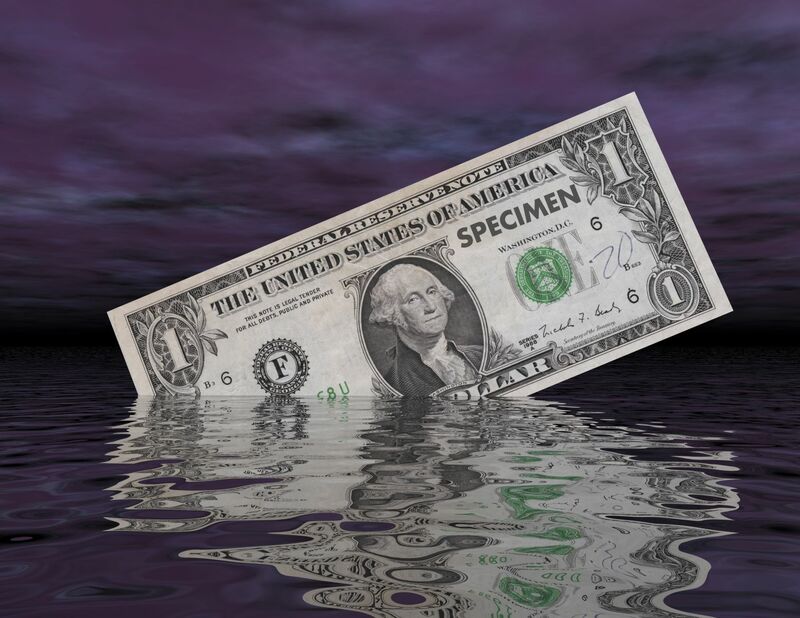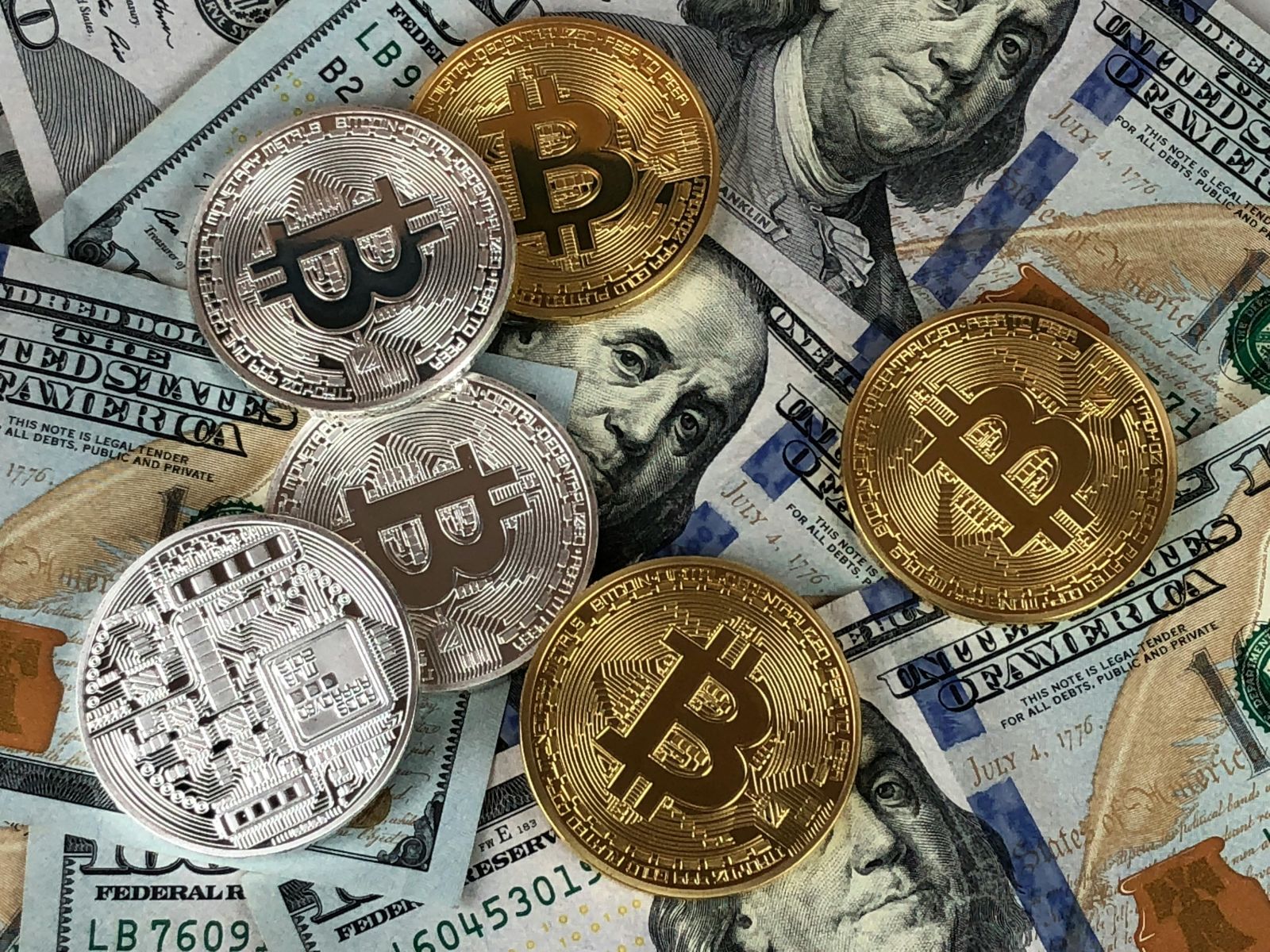
The US dollar is the world’s reserve currency because of political and economic stability in the United States of America. The dollar index measures the US currency against other world reserve currencies. The March 2020 spike higher came as extreme volatility caused markets to cascade lower. As investors, traders, and governments head for the shelter of safe assets; the dollar has been a historic haven for capital.
After the March 2020 103.96 high, the dollar index fell to a low of 89.165 in January 2021. The index declined by 14.2% in ten months when it found a bottom. On March 9, 2022, the index was closer to the March 2020 high than the January 2021 low. The recent rally in the dollar index reflects fear and uncertainty created by Russia’s invasion of Ukraine. However, it is more a sign of the euro currency’s weakness than the US dollar’s strength. The dollar index trades in the futures market on the Intercontinental Exchange (ICE).
The euro dominates the dollar index
The dollar index futures contract is a geometrically averaged calculation of six currencies weighted against the US dollar. The ICE Exchange calculated the index in real-time every second, using the sport prices of the index’s components.

Source: ICE
While the dollar index is exposed to the Japanese yen, British pound, Canadian dollar, Swedish Kroner, and Swiss franc, the euro is the main component with a 57.6% exposure.
Therefore, the dollar index tends to move higher or lower with the foreign exchange rate between the dollar and the euro currency.
War in Europe is bearish for the euro
With the war in Ukraine on Western Europe’s doorstep, the euro currency has taken a beating.

The chart highlights the decline in the euro versus the dollar since February 10. The currency relationship fell from $1.14945 to a low of $1.08063 on March 7, a 5.99% decline before bouncing back to above the $1.10 level.
While the market price action across all asset classes reflects Russian aggression in Ukraine, Europe is most sensitive because Ukraine sits in Eastern Europe.
The dollar and the euro are fiat currencies
The dollar and the euro currencies’ values are a function of the full faith and credit of the countries that issue the legal tender. The long-term charts in the dollar and the euro display a bearish trend for the euro and a bullish path for the dollar index.

The chart shows the euro has made lower highs and lower lows from 2008 through early 2017. While the euro has made higher lows against the dollar since January 2017, the trend is now in danger as the exchange rate is trending towards the first technical support level at the March 2020 $1.06362 low. The euro has not traded at parity against the dollar since December 2002, but the war in Ukraine could cause the euro to challenge that level.

Aside from the war, a higher yield on the US dollar supports a rise in the dollar’s value versus the euro. Meanwhile, the long-term dollar index futures chart shows the opposite trend. The index is approaching the 100 level, with a new high this week at 99.425. The dollar index’s critical technical resistance level is at the March 2020 103.960 high, which could be a gateway to much higher levels as the index reached a peak of 121.29 in 2001 when a euro was worth less than US$0.90. The war in Ukraine and Russian aggression could be the factor that breaks the euros’ back and sends it back to parity or lower.
Inflation is raging, and the war is pouring fuel on the fire
Meanwhile, interest rate differentials tend to impact the dollar’s value versus the euro. US inflation at the highest level in over four decades will cause the US central bank to tighten credit and increase interest rates. In Europe, the war could handcuff the European Central Bank from increasing short-term interest rates, widening the gulf between US dollar and euro currency yields.
A flood of Ukrainian refugees will require monetary and fiscal stimulus to stabilize the European economy. While inflation is also rising in Europe, the war’s fallout is a far more dangerous threat to the economy. The US Fed has its hands full battling inflation and Russian aggression but the ECB’s job is more challenging as the threat is in their backyard.
Watch purchasing power instead of currency levels for the real story
The dollar is the world’s reserve currency, and many market participants run to the dollar as a safe asset during tumultuous times. However, the foreign exchange market only measures one currency’s value versus others. Understanding the value of fiat currency values requires measuring their purchasing power. The dollar may be the strongest, but they are all weakening when it comes to the real values.
On March 7, the crude oil price moved to over $130 per barrel, the highest price since 2008, the year of the all-time peak at the $147 level. Gold was flirting with $2000 per ounce. Copper traded over $5, a new all-time high, before correcting. Aluminum, nickel, and other metal and mineral prices soared. Grains and soybean seed prices are at multi-year or all-time highs. Nearby CBOT wheat futures rose to a new record high at $14.2525 per bushel. Fertilizer, coal, natural gas, lumber, and almost all other commodities are screaming higher, which tells us that the dollar’s rise is a mirage as its purchasing power is declining. Inflation is eating away at all fiat currencies, but the erosion in the dollar is slightly lower than in the euro and other foreign exchange instruments.
The trend in the US dollar is bullish, but its purchasing power is declining, making the gains a mirage.


/A%20concept%20image%20of%20space_%20Image%20by%20Canities%20via%20Shutterstock_.jpg)
/A%20concept%20image%20of%20a%20flying%20car_%20Image%20by%20Phonlamai%20Photo%20via%20Shutterstock_.jpg)


/Oracle%20Corp_%20office%20logo-by%20Mesut%20Dogan%20via%20iStock.jpg)